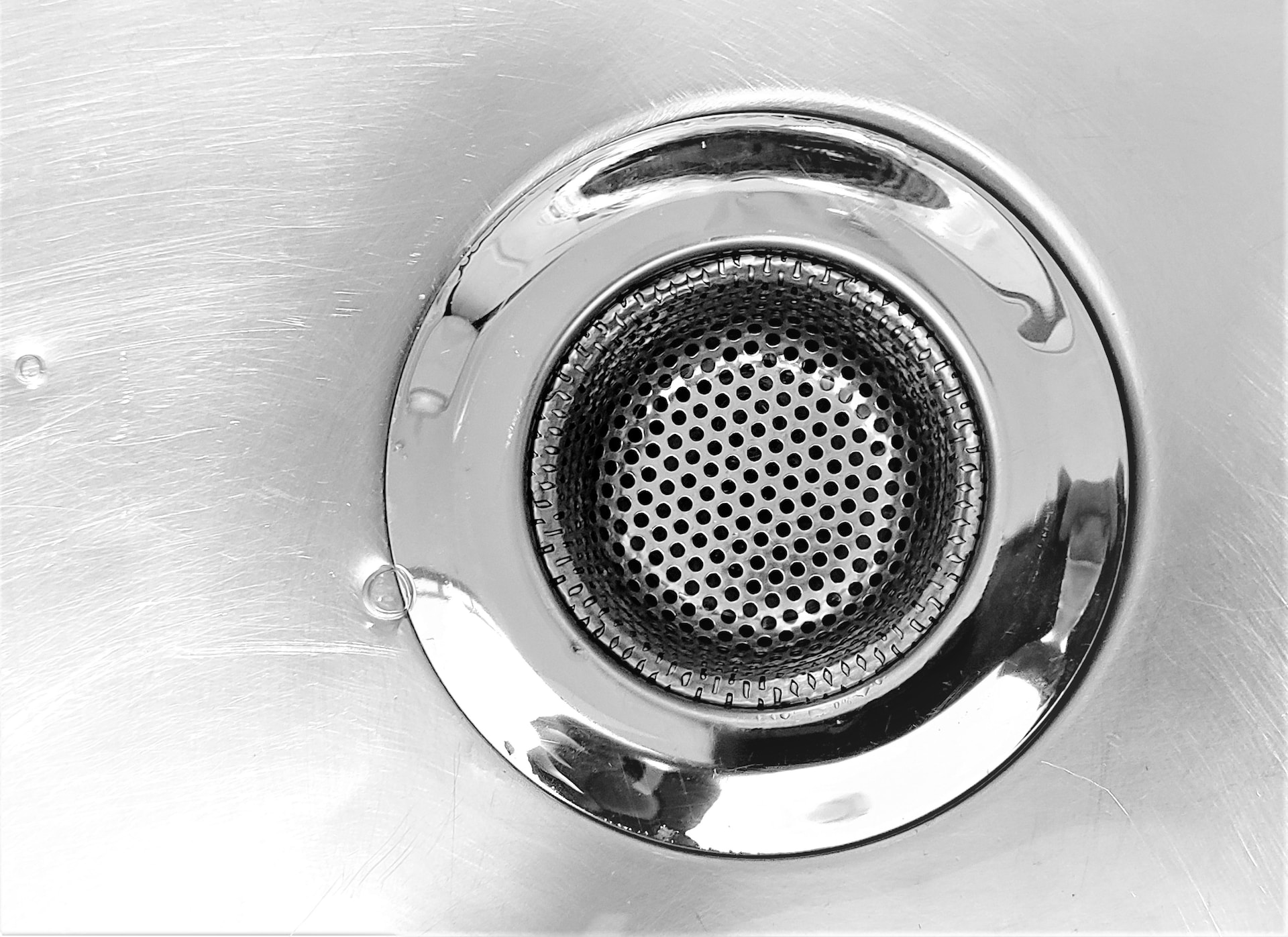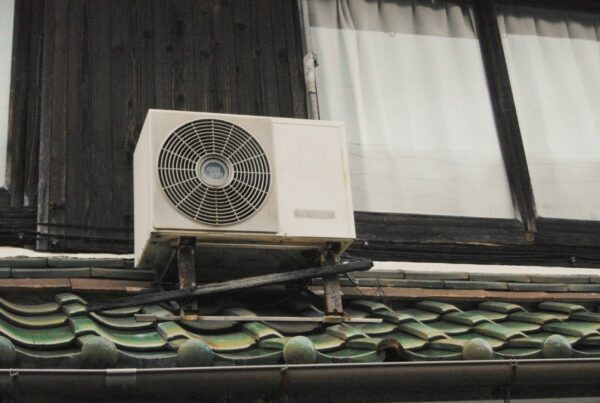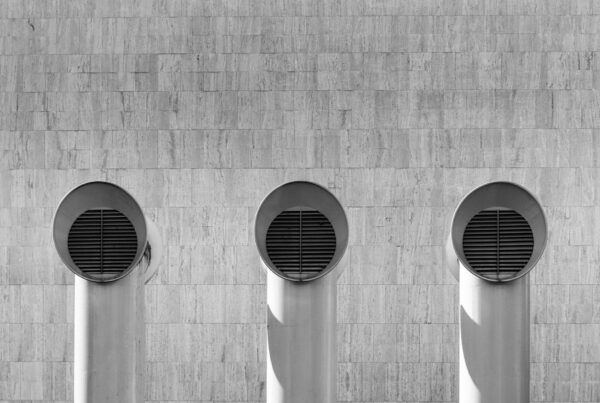Last Updated on December 12, 2023
Dealing with a clogged drain is a challenge that many homeowners face. In this comprehensive guide, we’ll delve into the various aspects of unclogging and maintaining drains, using simple, effective methods. Whether it’s your kitchen sink, bathroom drain, or any other pipe, understanding the basics of drain maintenance can save you time and hassle.
A clogged drain is a common issue in households, often leading to inconvenience and sometimes even costly repairs. Understanding the basics of drain unclogging and maintenance is crucial for homeowners and renters alike. This guide is designed to provide you with comprehensive information on how to tackle drain clogs, ranging from simple DIY fixes to recognizing when professional assistance is needed.
Common Causes of Drain Clogs and How to Prevent Them
Drain clogs occur when a blockage prevents water from flowing freely through your plumbing system. This can be caused by a variety of substances such as hair, grease, food particles, and small objects. Clogs can occur in any drain, from the kitchen sink to the bathroom shower, and even in the utility or laundry room. The most common culprits include:
Hair
One of the main causes of bathroom drain clogs is hair. It can bind with grease and other sticky substances, forming clogs. To combat this, install a drain guard or a hair catcher in your shower and bathroom sink. Regularly remove collected hair from the guard.
Grease and Oil
Kitchen sinks often get clogged due to the accumulation of grease and oil. These substances solidify in the pipes, causing blockages. To prevent this, avoid pouring grease, fatty substances, or cooking oils down the drain. Instead, pour them into a disposable container and throw them in the trash. Use a sink strainer to catch food particles.
Soap Scum
Soap scum, formed from soap and minerals in water, can accumulate in pipes, leading to clogs. Regularly clean your drains with hot water and vinegar to dissolve soap buildup.
Small Objects
Small objects, like jewelry or toy pieces, can accidentally fall into drains and cause blockages. Always keep sink stoppers in place and be cautious of what goes near your drain.
Tips for Prevention
- Regularly clean your drains with a mixture of vinegar and hot water.
- Install drain guards to catch debris.
- Educate your household about what shouldn’t go down the drain.
By understanding and addressing these common causes, you can prevent most clogs and maintain clear drains.
DIY Drain Cleaning Solutions Using Household Items
While many clogs can be resolved with DIY methods, using household items like baking soda, vinegar, or a plunger, some situations require professional intervention. Knowing when to try a DIY fix and when to call in a professional is an important aspect of managing your home’s plumbing health.
Baking Soda and Vinegar
This classic combination is effective for breaking down clogs. Pour half a cup of baking soda down the drain, followed by half a cup of vinegar. Cover the drain to contain the reaction, and let it sit for an hour. Then, flush the drain with hot water. This method works well for minor clogs and is safe for your pipes.
Hot Water Flush
For minor clogs, hot water can be surprisingly effective. Boil a pot of water and pour it slowly down the drain in two to three stages, allowing the hot water to work on the clog between pours. This method is particularly good for dissolving soap scum and grease build-up.
Plunger Technique
A plunger isn’t just for toilets—it can work wonders on clogged sinks too. Use a flat-bottomed plunger for sink drains. Fill the sink partially with water, then use the plunger to create suction and dislodge the clog.
Wire Hanger Method
Straighten a wire hanger but leave the hook. Use this to fish out any hair or debris that might be causing the clog. Be gentle to avoid damaging your pipes.
Safety Precautions
- Always wear gloves to protect your hands.
- Be gentle to avoid damaging pipes.
- Never mix chemical cleaners, as this can create dangerous fumes.
These DIY methods are effective for many common clogs and can be done safely with household items.
Signs You Need Professional Drain Cleaning Services
While many clogs can be resolved with household items, recognizing when a situation is beyond your expertise is crucial. Persistent clogs, slow drainage, and unusual noises are signs that it’s time to call in a professional. Professional plumbers bring not just their tools, but also their expertise in diagnosing and resolving complex plumbing issues, ensuring that your home’s plumbing system is not just unclogged but also healthy and well-maintained.
Persistent Clogs
If a clog doesn’t clear after several DIY attempts, it might be time for a professional. Persistent clogs could be a sign of a deeper issue in your plumbing system that requires expert intervention.
Slow Draining
If water consistently drains slowly, even after you’ve tried to clear it, this could indicate a buildup deep within your pipes. A professional has the tools and expertise to diagnose and fix the issue.
Unusual Noises
Gurgling or bubbling sounds can indicate trapped air in your plumbing, often a sign of a deeper clog or blockage.
Foul Odors
Persistent bad smells coming from your drain might be a sign of a major blockage or a break in the sewer line. This is when a professional help is needed.
Water Backup
Water backing up in sinks, toilets, or showers when using plumbing fixtures can indicate a serious blockage that needs professional attention.
Remember, if you’re unsure, it’s always safer to consult a professional plumber. They can provide a long-term solution and prevent potential damage to your plumbing system.
Final Thoughts
Dealing with clogged drains is a common but manageable household challenge. Through this comprehensive guide, we’ve explored the multifaceted approach to unclogging and maintaining drains, highlighting both the simplicity of DIY methods and the necessity of professional intervention when needed. The journey from understanding the causes of clogs to effectively implementing preventive measures can significantly enhance the health and longevity of your home’s plumbing system.
Maintaining a clog-free drain requires a combination of knowledge, preventative measures, and the discernment to know when to seek professional help. By adopting these practices, you not only ensure the efficient functioning of your home’s plumbing system but also contribute to a healthier environment. Keep in mind that the key to a smooth-running plumbing system lies in regular care and timely intervention.





